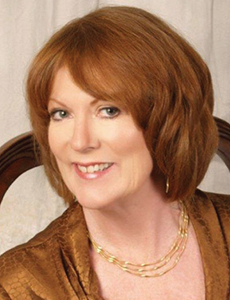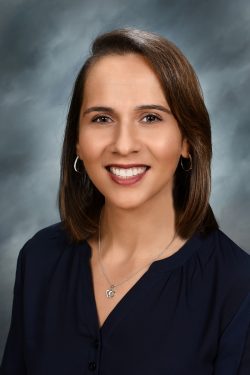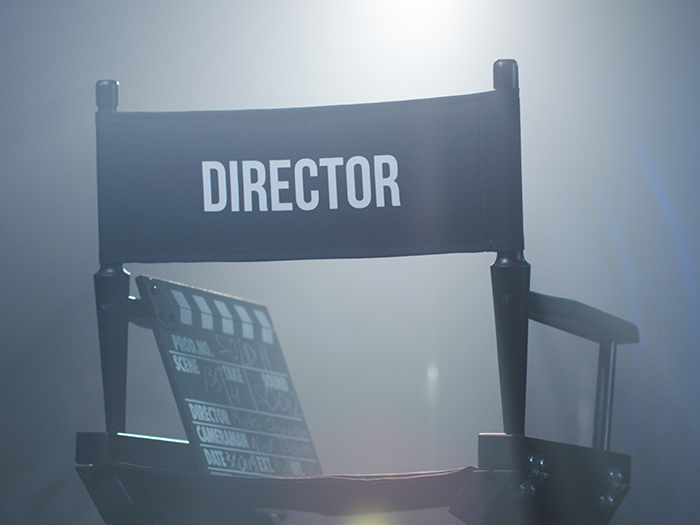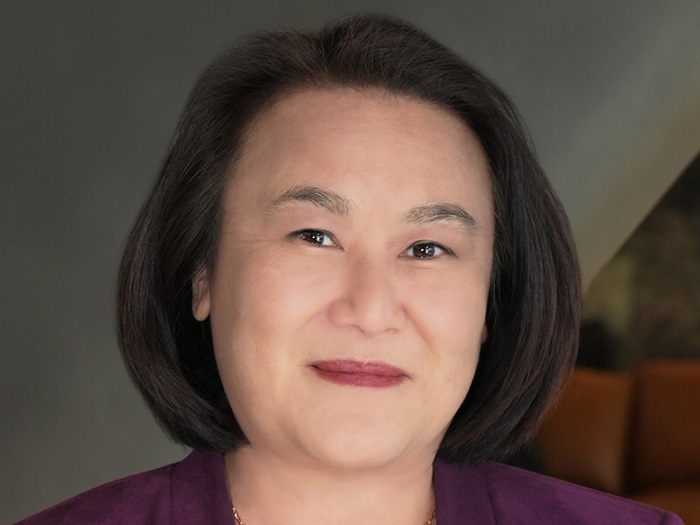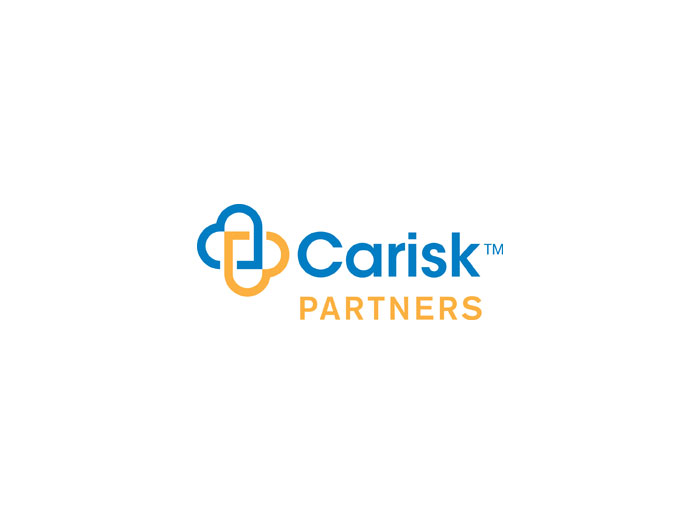2017 Teddy Award Winner
Workers’ Compensation Improvements in Health Care
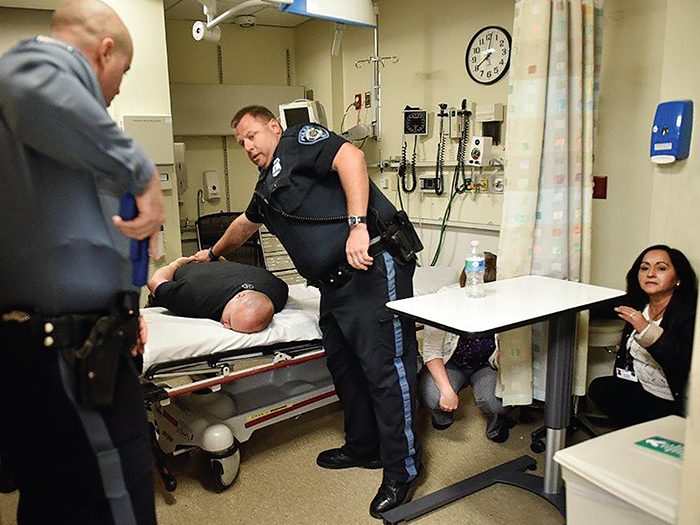
The Valley Health System embarked on a journey to completely transform its workers’ compensation program. Now, five years later, Valley can boast it did just that.
Valley Health is a regional healthcare system that serves residents in northern New Jersey and southern New York. From 2012 to today, Valley reduced its annual workers’ compensation budget by 69 percent while the number of employees increased 14 percent. Lost-time claims per year went from 171 to 79 and workplace violence injuries decreased by 50 percent in just one year.
“This culture of safety has really made everybody, from the top down, more aware of their areas to see what’s in place for the safety of our employees,” said Linda Carey, a registered nurse at Valley who witnessed the changes firsthand.
In 2011, Valley’s workers’ comp budget reached a staggering $2.1 million and its incident rate was 5.72, leading to a two-and-a-half month-long site evaluation by OSHA. At the end, OSHA presented the health system with a list of safety recommendations.
It was just the catalyst Valley needed.
“Back in 2011, the workers’ comp program — while our nurses give excellent care — was not being run as it should be and a lot of our claims were going to the excess carrier,” explained Barbara Schultz, director of employee health and wellness, Valley Health.
When OSHA gave its recommendations, Valley began its own assessment to move in a more proactive and strategic direction.
Enhancing Safety
Health care workers are highly susceptible to workplace violence, whether it be a combative patient, a confused patient or even an outside force like an active shooter.
“Hospitals are soft targets. We embrace the role of the family,” explained Schultz.
“Visiting hours are almost around the clock. We are a welcoming institution, which makes us very porous in terms of access.”
On top of that, regulations and rules have changed for hospitals over the past few decades. Where once a nurse or physician could use restraints to hold back a combative patient, laws prevent the use of such force unless in extreme circumstances.
“More staff is vulnerable. We’re caregivers, we’re meant to be there, and sometimes these patients lash out and swing.”
Once OSHA gave its recommendations, Valley tracked incidences of patient-on-caregiver violence, benchmarking the unit, the shifts incidences occurred and the type of patient involved. They used this data to further educate and train employees on safe work practices, creating the Safety and Security Director role in the process. This role reviews best safety practices across the system’s facilities.
Dan Coss, Valley’s Director of Security, Public Safety and Environmental Services, is an important asset to the safety protocols at Valley, Schultz said. With a PhD in the science of safety and security, Coss made employee safety paramount.
“He strengthened relationships with local authorities,” said Schultz, “he helped with workplace violence as a whole and brought in the Code Atlas team.”
Code Atlas is a 50-member team of trained staff members ready to address combative patients 24/7. This team is prepared to handle disruptive patients from the moment they arrive to the point where they are stabilized and cooperative. Overall, this team reduced workplace violence claims by half.
Also included in Coss’s job was incorporating active shooter training.
Valley hosts three to four small drills per month and one large drill per year involving local law enforcement.
During the smaller drills, “Dan will come in as a relative with a bill complaint or someone who’s lost a loved one. He comes in yelling at the top of his lungs. The whole point is to get out of the situation safely,” Schultz explained.
“The staff is expected to respond by fleeing — run and get out of the way. If they don’t have the ability to run, they’re told to hide. If Dan sees you, he will pretend to shoot you.”
“I’ve been briefed on the drill [afterwards],” said Carey. “It’s frightening even when you know it’s a drill. It gives people an idea of what they’ll feel and how they might react.”
Lissette Carcano, workers’ compensation care coordinator, Valley Health, once volunteered to be a patient during a drill.
“Visiting hours are almost around the clock. We are a welcoming institution, which makes us very porous in terms of access.” — Barbara Schultz, director, employee health and wellness, Valley Health
“I was an ER patient locked in a room with a nurse. You shake in your boots. It becomes real, but I felt very comfortable with the nurse,” she said.
The larger drill takes a year to plan. Valley must get EMS, fire rescue and local law enforcement on board before enacting an active shooter drill. Instead of Coss acting as the perpetrator, the police volunteer an officer to enter the selected facility holding a red gun to indicate that it is fake.
Sometimes, Schultz added, they will use simulation rounds, or training ammunition. In these instances, the fake gun makes a loud sound — similar to the sound of a real gun being fired — but the ammunition is fake and non-lethal.
“It’s scary for the employees, but they have an opportunity to handle the situation in a relatively safe way,” said Schultz.
“We’re looking at patient safety and employee safety like never before.”
Aligning Comp Philosophies
The biggest challenge Valley faced was aligning each individual nurse case manager with the new philosophy for safety and security. Before, Schultz said, each nurse had their own way of providing care to injured workers. To get workers back safely and efficiently, Valley knew it had to set one standard of care.
The Workers’ Compensation Care Coordinator role was created to oversee the entire workers’ comp process, guaranteeing that the quality and type of care was uniform across the Valley network. This role, according to Schultz, was pivotal for the success of the workers’ comp program.
“I needed someone who was kind, compassionate but firm. Someone who could manage with consistency,” said Schultz. Carcano fit the bill.
“She’s one of the best I’ve ever seen,” said Cari Burhenne, regional claims service manager, PMA Companies.
Carcano entered Valley and provided the adjusters with what they needed while continuing to care for each worker, Burhenne explained.
Valley’s philosophy used to be “full-duty or no duty.” Carcano worked to get injured workers into temporary duty roles suitable for them while they recovered, and thanks to her return-to-work advocacy, Valley’s lost-time claims decreased from 171 per year to 79.
“The focus on return to work, I think, is number one in what reduced Valley’s overall claims costs,” said Burhenne.
“Valley is very invested in doing what’s right for their employees. There’s the business sense but also that sense of caring for their employees. It’s a great combination.”
When a worker is injured on the job, Schultz and Carcano have worked hard to get their employees seen by physicians and other health care providers as quickly as possible.
“The way Barbara and Lissette established great relationships with physicians has made the [workers’ comp] process streamlined and effective; it’s very expeditious,” said Carey. “They are looking for the best care for employees and patients.”
The health care system also implemented a full-scale safe patient handling program, overhauled its dining and environmental services safety committees and implemented health awareness among its employees.
Carey added, “When our employees are healthy and safe at work, our patients benefit.” &
_______________________________________________________
More coverage of the 2017 Teddy Award Winners and Honorable Mentions:
 Advocacy Takes Off: At Delta Air Lines, putting employees first is the right thing to do, for employees and employer alike.
Advocacy Takes Off: At Delta Air Lines, putting employees first is the right thing to do, for employees and employer alike.
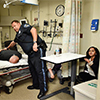 Proactive Approach to Employee Safety: The Valley Health System shifted its philosophy on workers’ compensation, putting employee and patient safety at the forefront.
Proactive Approach to Employee Safety: The Valley Health System shifted its philosophy on workers’ compensation, putting employee and patient safety at the forefront.
 Getting It Right: Better coordination of workers’ compensation risk management spelled success for the Massachusetts Port Authority.
Getting It Right: Better coordination of workers’ compensation risk management spelled success for the Massachusetts Port Authority.
 Carrots: Not Sticks: At Rochester Regional Health, the workers’ comp and safety team champion employee engagement and positive reinforcement.
Carrots: Not Sticks: At Rochester Regional Health, the workers’ comp and safety team champion employee engagement and positive reinforcement.
 Fit for Duty: Recognizing parallels between athletes and public safety officials, the city of Denver made tailored fitness training part of its safety plan.
Fit for Duty: Recognizing parallels between athletes and public safety officials, the city of Denver made tailored fitness training part of its safety plan.
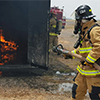 Triage, Transparency and Teamwork: When the City of Surprise, Ariz. got proactive about reining in its claims, it also took steps to get employees engaged in making things better for everyone.
Triage, Transparency and Teamwork: When the City of Surprise, Ariz. got proactive about reining in its claims, it also took steps to get employees engaged in making things better for everyone.
 A Lesson in Leadership: Shared responsibility, data analysis and a commitment to employees are the hallmarks of Benco Dental’s workers’ comp program.
A Lesson in Leadership: Shared responsibility, data analysis and a commitment to employees are the hallmarks of Benco Dental’s workers’ comp program.

